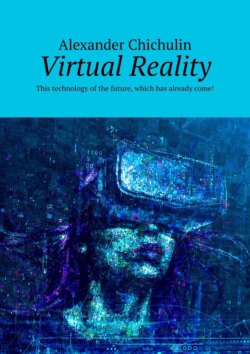Читать книгу Virtual Reality. This technology of the future, which has already come! - - Страница 4
This is the technology of the future, which has already come!
– Brief history of virtual reality
ОглавлениеVirtual reality (VR) technology has a long and fascinating history that dates back several decades. While the technology has become more sophisticated and accessible in recent years, the earliest forms of virtual reality can be traced back to the 1960s.
The first prototype of virtual reality technology was created by Ivan Sutherland in 1968. Known as the “Sword of Damocles,” this head-mounted display (HMD) was connected to a computer and used to display simple wireframe graphics. The user could move their head and the graphics would adjust to create the illusion of a 3D environment.
Throughout the 1970s and 1980s, virtual reality technology continued to evolve, but it was primarily used for research and military applications. In 1985, the first VR arcade game was released, called “Dactyl Nightmare.” The game used a HMD and a gun-shaped controller to allow players to navigate a virtual world and shoot at enemies.
It wasn’t until the 1990s that virtual reality technology became more widely available to the public. In 1991, a company called Virtuality released the first commercially available VR system, which was used primarily for gaming. However, the technology was still expensive and required a significant amount of processing power, which limited its popularity.
In the early 2000s, VR technology saw a resurgence of interest, thanks to advancements in computing power and graphics. In 2004, a company called Linden Lab created Second Life, a virtual world that allowed users to create avatars and interact with each other in a virtual environment. Second Life became a cultural phenomenon, with millions of users worldwide.
Today, virtual reality technology has become more accessible and realistic than ever before. With the rise of affordable HMDs, such as the Oculus Rift and HTC Vive, VR has become a popular tool for gaming, education, and healthcare. The technology is also being used in architecture and design, allowing clients to experience a virtual tour of a building or space before it is constructed.
Despite the challenges that virtual reality technology has faced over the years, it has continued to evolve and improve, and its potential for future applications is limitless. As the technology continues to advance, we can expect to see even more innovative and exciting uses of VR in the years to come.
